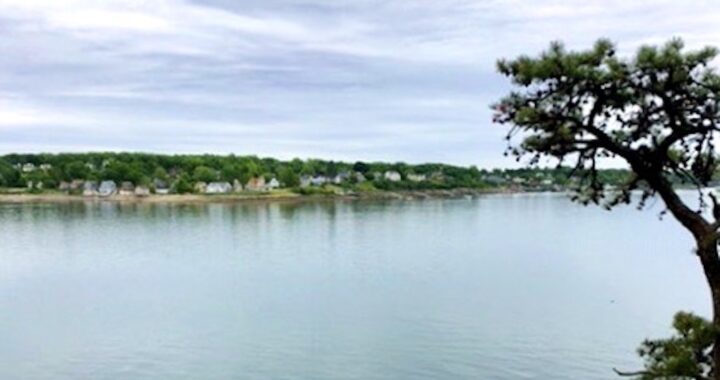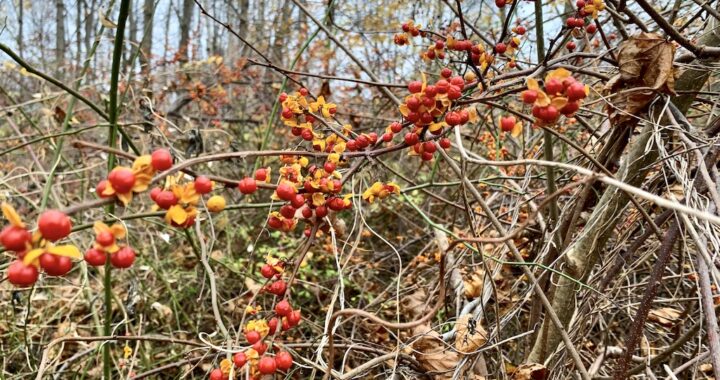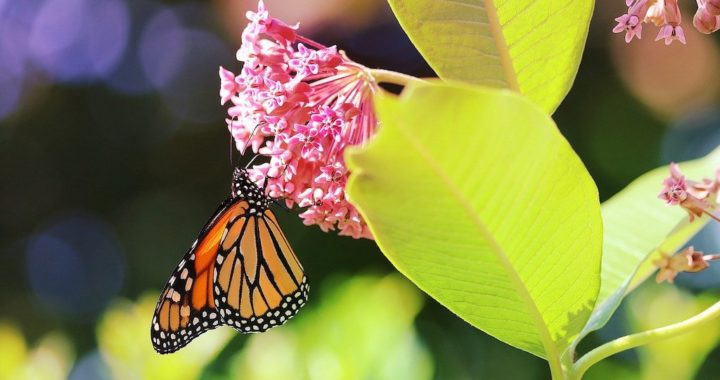by Bill Stauffer
The effort to obtain the two waterfront lots that were owned by the late David Putnam began in the fall of 2017. The lots were listed at a combined price of $668,000, a sum that the small long-range planning group on LDI knew was not realistic for the island to raise. Still, the group received permission from the Little Diamond Island Association to attempt negotiating with the seller. An offer of $200,000 for just the upper lot was rejected. In the meantime, we watched with some trepidation as potential buyers came and went, scoping out these two beautiful lots for potential building sites.



